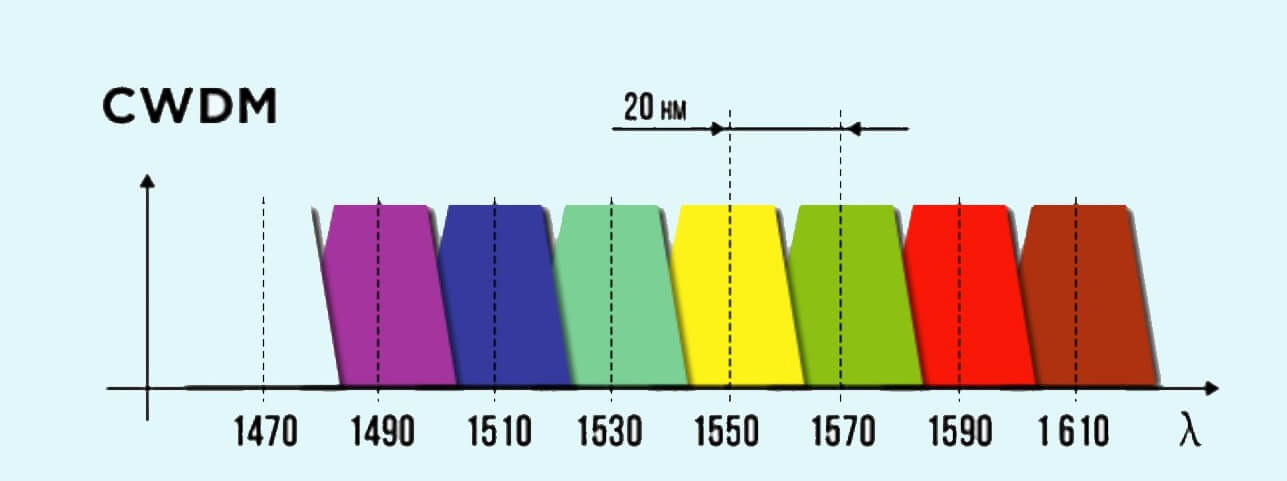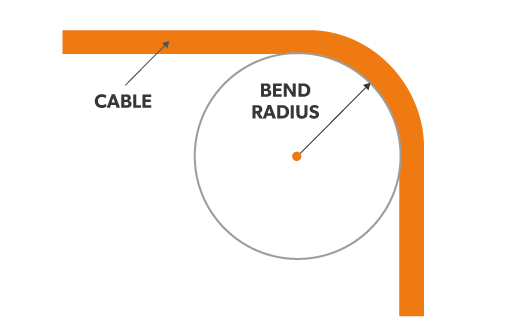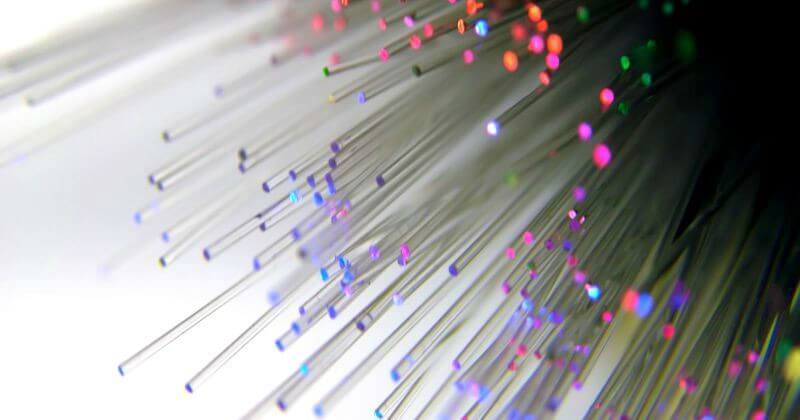G652D and G657A are two ITU-T standards for single-mode fiber. These standards describe the transmission, mechanical and geographic properties of single-mode fiber. ITU-T is a subsidiary of the International Telecommunication Union (ITU), a specialized agency authorized by the United Nations. Today, different types or series of single-mode fibers are being manufactured to allow users to choose the fiber type that best suits their application.

1. What is g652D fiber?
ITU-TG652D single-mode fiber is widely used in a wide range of networking and communication applications. It is the latest version available in the G652 category and supports CWDM transmission. This specification is generally considered the standard for single-mode fiber.
This fiber class provides zero dispersion at 1310nm wavelength. Therefore, it is designed to provide the best performance in the 1310nm band. However, G652D single-mode fiber can be operated at 1510nm. The G652D can be used for short-haul and long-haul applications.
1.1 Advantages of G652D fiber:
- Backward compatibility with earlier versions, reducing system cost
- Provides zero dispersion and seamless splicing, reducing splicing loss
- Supports longer fiber optic routing
1.2 Disadvantages of G652D fiber:
The only disadvantage of G652D fibers is that they cannot sustain higher bend radii. Even the best quality G652D fiber does not allow sharp bends. Therefore, more fibers are required to avoid bending during deployment, resulting in higher overall costs.

2. What is G657A fiber?
G657A is one of the specifications defined by ITU-T under the G657 category. This release provides information on fiber construction with higher bending strengths. Therefore, G657A fiber is used in network installations that require higher bending resistance. For access networks where frequent bending and connecting fibers and hardware miniaturization, the G657A is a robust solution.
2.1 Advantages of G657A fiber:
- Ideal for smaller cable installation radii, cost-effective access networks
- Supports higher density applications and miniaturization, providing greater flexibility
2.2 What is the bend radius?
In the fiber optic industry, the radius of curvature over which an optical fiber can be bent or twisted is called the bend radius. In simpler terms, the minimum allowable radius at which an optical fiber can be bent without damaging, kinking, or shortening its useful life is called the bend radius.
Various fibers have different properties and different physical configurations, which is why the allowable bend radii vary from fiber to fiber. Typically, fibers have a specified minimum bend radius. However, it is recommended that the minimum bend radius should be kept about ten times smaller than the outer diameter of the fiber. Therefore, the bend radius of a 4mm fiber should not be less than 40mm.

3. The differences between G652D Vs G657A fiber optic cable
G652D is the standard single-mode fiber used in CWDM systems. It is the most reliable technology and is the first choice for deploying single-mode fiber.
G657A is a bend-insensitive single-mode fiber used in FTTH systems, mainly used in broadband fiber access networks of telecom bureaus and fiber-to-the-home in apartment buildings and single-family houses. G657A fiber complies with the current G652D standard, but its macrobending performance is approximately ten times that of G652D fiber.
| Type | Characteristics | Wavelength Coverage | Applications |
| G652D | Maximum attenuation specified from 1310 to 1625 nm. Maximum attenuation specified at 1383 nm (equal or lower than 1310 nm). Max PMDQ=0.2 ps/√ km | O, E, S, C and L bands | Allow transmission in portions of an extended wavelength range from 1360 nm to 1530 nm. Suitable for CWDM systems. |
| G657A | At 15 mm radius, 10 turns, 0.25 dB max at 1550 nm, 1 dB max at 1625 nm. Max PMDQ=0.20 ps/√ km | from O to L band | Optimized access installation with respect to macro bending, loss, and other parameters similar to G.652.D. |
Remark:
- E-band: The wavelength range is 1360nm –1460nm
- S-band: The wavelength range is 1460nm –1530nm
- C-band: The wavelength range is 1530nm –1565nm
- L-band: The wavelength range is 1565nm –1625nm

4. Is G652D compatible with g657A?
G652D and G657A are compatible and can be used in series. The G652D has become the standard for single-mode fiber, while the G657A is considered an ideal solution for sharply curved access-level network cabling. G657A fiber is backward compatible with G652D fiber, helping to save installation and deployment costs by seamlessly connecting to installed G652D fiber.
5. At the end
Facing the rapid rise of new-generation technology such as 5G, AI, Web3.0 and Meta, optical fibers will have greater stage and application prospects, and new optical fibers in the future will develop in the direction of higher capacity and functionalization. If you want to buy G652D fiber optic cable or G657A fiber optic cable, please contact us.





